In the battery thermal management field, the design simulation of liquid cooling plates has become pivotal. This technology enables engineers to anticipate and address potential issues beforehand, optimizing product performance, reducing costs, and saving time. Whether you’re a seasoned engineer or a novice interested in this topic, this article will unveil the importance of design simulation in 액체 냉각판 development. Let’s go on.
In electric vehicles, battery performance, lifespan, and safety hinge on temperature. The optimal operating range, typically 10°C to 35°C, balances performance and lifespan.
Main chemical Reactions in Batteries at High Temperatures:
At 90-120°C, the protective SEI film will decompose and release heat.
Above 120°C, the protective film cannot prevent the negative electrode from contacting the electrolyte, causing an exothermic reaction between the lithium embedded in the negative electrode and the electrolyte.
When the temperature exceeds 200°C, the electrolyte will decompose and release heat.
The positive active material will decompose and release heat in the oxidized state, releasing oxygen. The oxygen will react exothermically with the electrolyte, or the positive electrode material will react directly with the electrolyte.
The embedded lithium will react exothermically with the fluoride binder.
There are two main types of battery temperature differences:
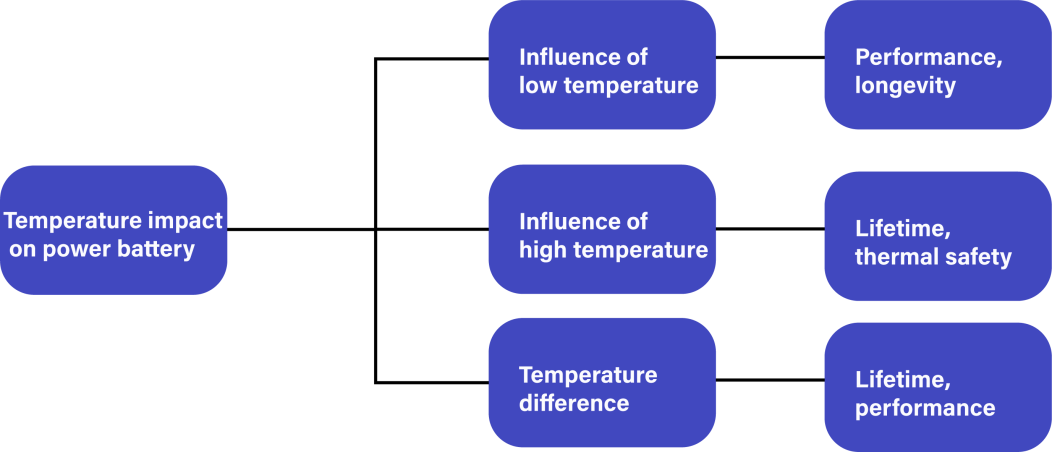
Pressure drop refers to the decrease in pressure experienced by a fluid as it flows through a pipe or system, primarily due to friction and changes in velocity. In simpler terms, it’s the result of the fluid encountering resistance during its flow, leading to a loss of energy and a drop in pressure.
Pressure drop signifies the energy lost due to resistance and friction as the fluid moves through the system, resulting in a decrease in pressure.
Knowledge of pressure drop is crucial for designing efficient piping systems. Engineers must consider factors such as pipe size, flow rate, and fluid viscosity to minimize pressure drop.
When the temperature exceeds 200°C, the electrolyte will decompose and release heat.
The positive active material will decompose and release heat in the oxidized state, releasing oxygen. The oxygen will react exothermically with the electrolyte, or the positive electrode material will react directly with the electrolyte.
The embedded lithium will react exothermically with the fluoride binder.
Longer or more complex pipes lead to increased frictional resistance, resulting in higher pressure drops.
High-viscosity fluids experience greater frictional resistance, leading to larger pressure drops.
Higher-density fluids exhibit greater inertial forces, resulting in larger pressure drops.
Increased flow rates amplify both frictional and inertial forces, leading to higher pressure drops.
Elbows and throttling devices introduce additional frictional resistance, elevating pressure drops.
This is pressure drop of a single cold plate, and the pressure drop of a single liquid cooling plate is 267kpa
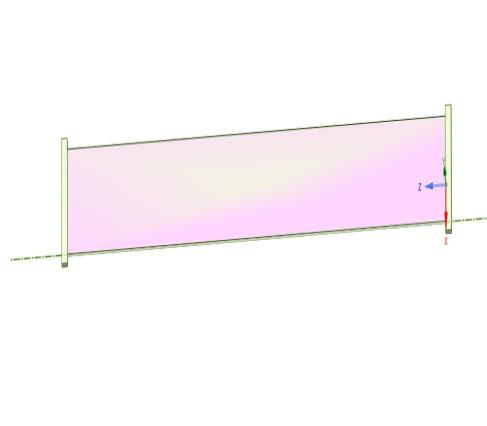
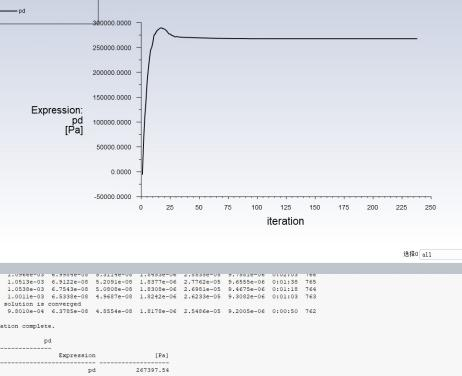
This is ressure drop of parallel cold plates and the pressure drop is 160kpa
Parallel-connected liquid-cooled plates will not equal half the pressure drop of a single liquid-cooled plate
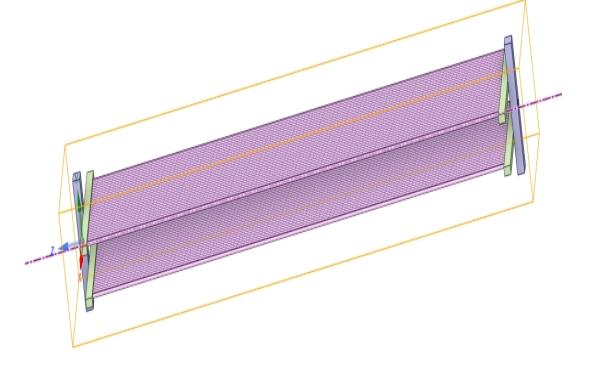
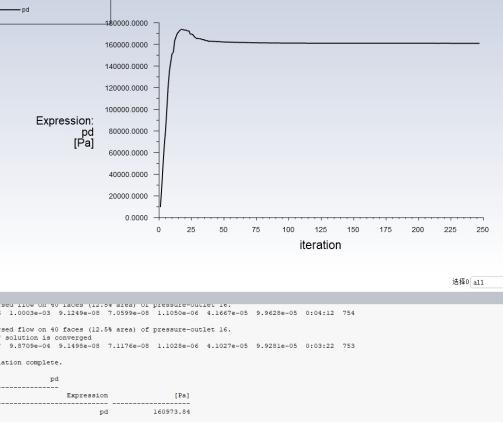
The pressure drop of the series connected liquid cooling plates is 978kpa
The voltage drop of a series connection will not be equal to twice that of a single

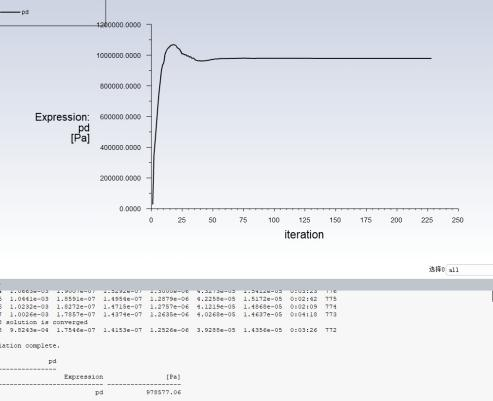

When selecting liquid cooling fluid, several aspects should be considered, including thermal conductivity, viscosity, operating temperature, electrical conductivity, flammability, corrosiveness, and cost. Liquid cooling systems often utilize a mixture of 50% deionized water and 50% ethylene glycol.
The use of deionized water is crucial as it mitigates the risk of leakage and electrical conductivity. Without deionization, water possesses high conductivity, posing a risk of leakage and electrical conduction.

The working principle of the liquid cooling plate is: the cold plate transfers the excess heat generated by the battery to the aluminum plate through contact, and then uses the high heat transfer coefficient of the liquid flow to transfer the heat, and finally the coolant inside the plate takes away the heat.
Pt=cmΔT
ρm×Vm×c(ΔT/Δt)=Pm-hS(TW-Tref)
P is the battery heating power within a given period of time;
t is the predetermined time;
c is the average specific heat capacity of all components in the liquid cold plate operation area;
m is the total mass of all parts in the liquid cooling plate working area
ρm is the average density of all parts in the liquid cold plate operation area;
Vm is the total volume of all components in the liquid cooling plate working area;
△T is the maximum temperature rise of the battery cell in the liquid cooling plate operating area;
Pm is the heating power of all battery cells in the liquid-cooled plate operation area;
h is the convection heat transfer coefficient of the coolant;
S is the cooling area;
T is the temperature of the contact surface between the liquid-cooled plate and the coolant
Tout=Tin+Q/(ρ×V×Cp)
Tout is coolant outlet temperature;
Tin is coolant intlet temperature;
Q is total heat dissipation power of heating devices on the cold plate;
ρ is density of liquid;
V is cooling liquid flow rate;
Cp is specific heat capacity of coolant
θ=(Tmax-Tout)×(A/Q)
θ is thermal resistance;
Tmax is maximum temperature allowed on the cold plate surface;
Tout is coolant outlet temperature;
A is area of the cooled surface;
Q is total heat dissipation power of heating devices on the cold plate
To calculate the maximum cooling liquid outlet temperature 𝑇out, we need to ensure that it is less than the maximum allowable temperature 𝑇max on the cold plate surface. If 𝑇out exceeds 𝑇max, the cold plate won’t effectively resolve the heating issue.
Assuming 𝑇out<𝑇max, the next step is to determine the normalized thermal resistance (θ) of the cold plate.
In addition to calculating heat, it is also necessary to consider the flow channel shape, parallel and series structure, mechanical strength, mass flow rate of coolant, manufacturing cost, etc.
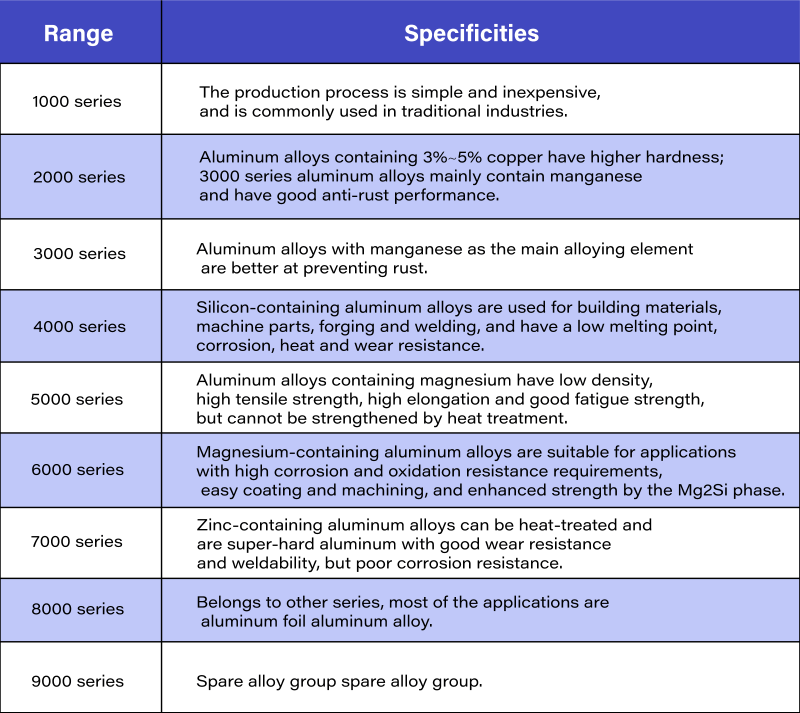
When selecting liquid cooling materials, it’s crucial to consider factors like strength, stiffness, corrosion resistance, processability, welding performance, and thermal conductivity. Currently, liquid cooling plates often employ 3003 and 6063 series aluminum materials.
3003 aluminum alloy offers good plasticity, weldability, corrosion resistance, and relatively low strength (slightly higher than 1 series).
6063 aluminum alloy boasts excellent formability, machinability, weldability, moderate strength, corrosion resistance, and electroplating capability.
Design simulation is integral to the development and production of liquid cooling plates, offering numerous benefits to designers and engineers. By leveraging simulation tools, we can optimize designs, enhance efficiency, and mitigate risks. Moreover, simulation stimulates innovative thinking, leading to cost savings and improved product quality. This article is essential reading for professionals in the field of liquid cold plate design and engineering.

저는 5년 넘게 배터리 열 관리 분야에서 일하면서 수많은 국제 프로젝트를 처리했습니다. 배터리 액체 냉각 제품이나 서비스에 대해 궁금한 점이 있으면 언제든지 문의해 주세요!